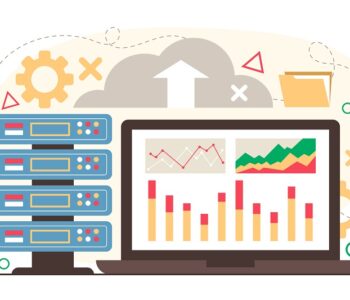 Healthcare
Healthcare Unleashing the Power of Data: Overcoming Frustrations with Interoperability…
In the ever-evolving landscape of healthcare, the persistent challenge of data silos and interoperability remains a major frustration for leadership and management. In this blog post, we’ll dissect the top 5 reasons for this frustration and explore how innovative software tools can pave the way for a more interconnected and efficient healthcare ecosystem.
Fragmented Systems Hindering Collaboration
Frustration Level: 8/10
Healthcare organizations often grapple with disparate systems that don’t communicate effectively, leading to fragmented data silos. This lack of collaboration inhibits seamless information flow between departments, impacting decision-making and patient care.
Solution: Introduce a comprehensive Healthcare Information Exchange (HIE) platform that integrates with existing systems, fostering collaboration and ensuring a unified source of truth. By breaking down data silos, organizations can enhance teamwork and provide more coordinated patient care.
Increased Risk of Errors and Delays
Frustration Level: 7/10
Data silos contribute to the likelihood of errors and delays in healthcare processes. Inaccurate or incomplete information, often residing in isolated systems, can impede timely decision-making and compromise patient safety.
Solution: Implement middleware solutions that act as data bridges, facilitating seamless communication between different systems. This reduces the risk of errors by ensuring that accurate and up-to-date information is accessible across the entire healthcare network.
Impaired Patient Experience and Engagement
Frustration Level: 8/10
Siloed data negatively impacts the patient experience. From appointment scheduling to accessing health records, inefficiencies in data sharing can lead to frustration for both patients and healthcare providers.
Solution: Develop patient portals and mobile apps that leverage interoperability. These tools enable patients to access their health information easily and communicate with their healthcare providers, fostering a more engaged and empowered patient population.
Compliance Challenges and Reporting Bottlenecks
Frustration Level: 7/10
Meeting regulatory requirements and reporting standards becomes cumbersome when data is trapped in silos. Healthcare organizations struggle to generate accurate reports and ensure compliance without a unified data environment.
Solution: Create customized reporting and analytics tools that aggregate data from various sources, simplifying the process of generating compliance reports. This not only ensures adherence to regulations but also streamlines reporting for strategic decision-making.
Inefficiencies in Healthcare IT Infrastructure
Frustration Level: 9/10
Aging and disjointed IT infrastructure in healthcare organizations often hinders interoperability. Upgrading systems and achieving interoperability without disrupting daily operations becomes a complex and frustrating challenge.
Solution: Offer system integration services that seamlessly connect existing infrastructure with modern technologies. This phased approach minimizes disruptions, optimizes efficiency, and prepares the organization for future advancements in healthcare IT.
In conclusion, breaking down data silos and enhancing interoperability is pivotal for ushering in a new era of efficiency and collaboration in healthcare. By investing in innovative software solutions, healthcare organizations can create an interconnected ecosystem that not only addresses current frustrations but also paves the way for a more agile and responsive healthcare future.
#Interoperability #HealthIT #DataIntegration #HealthcareTechnology #SoftwareSolutions























